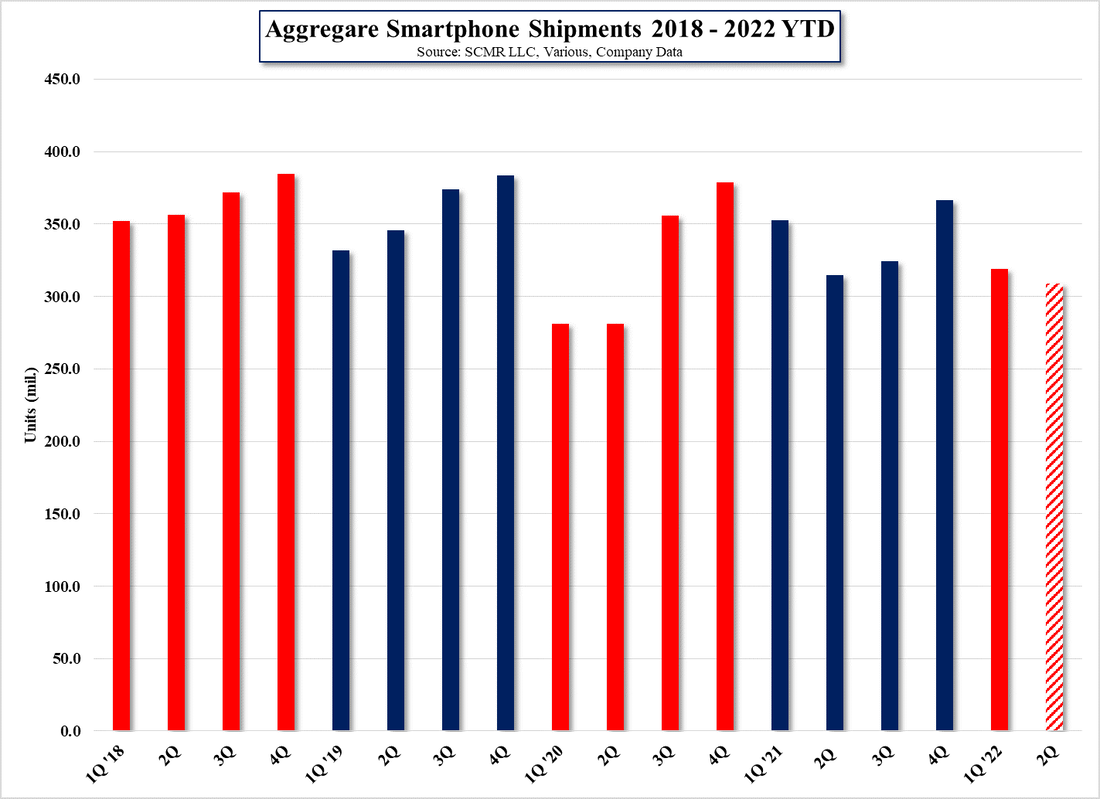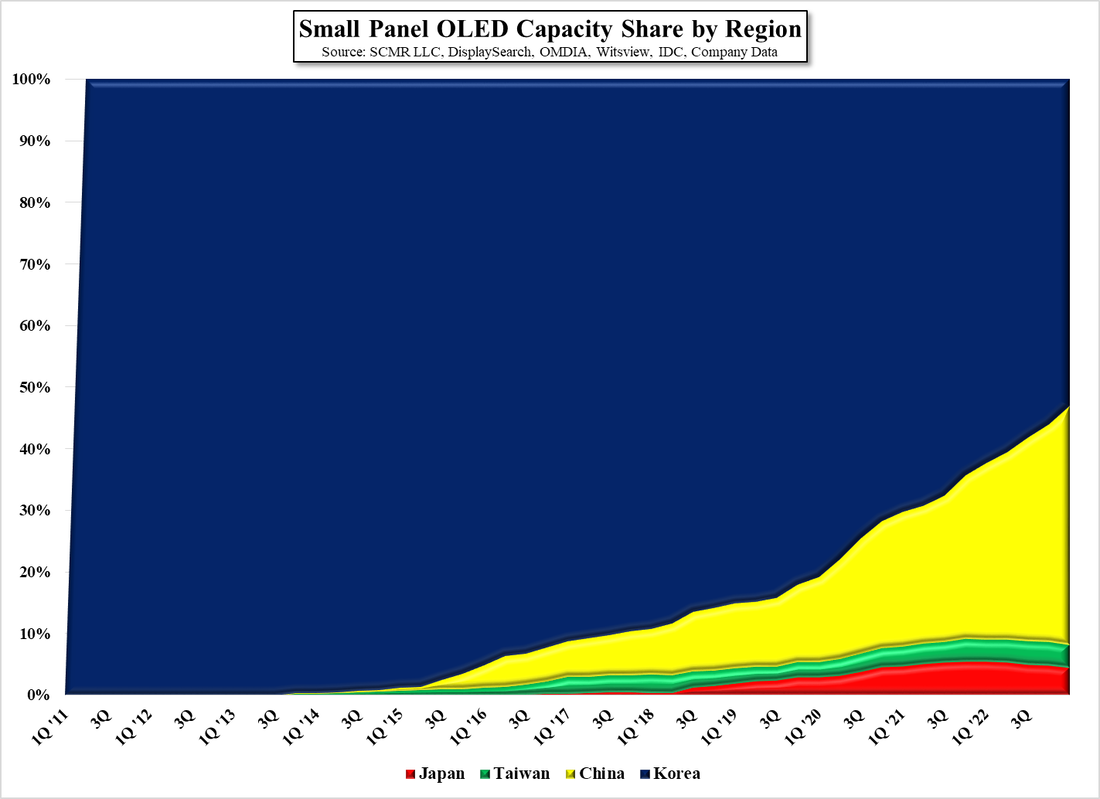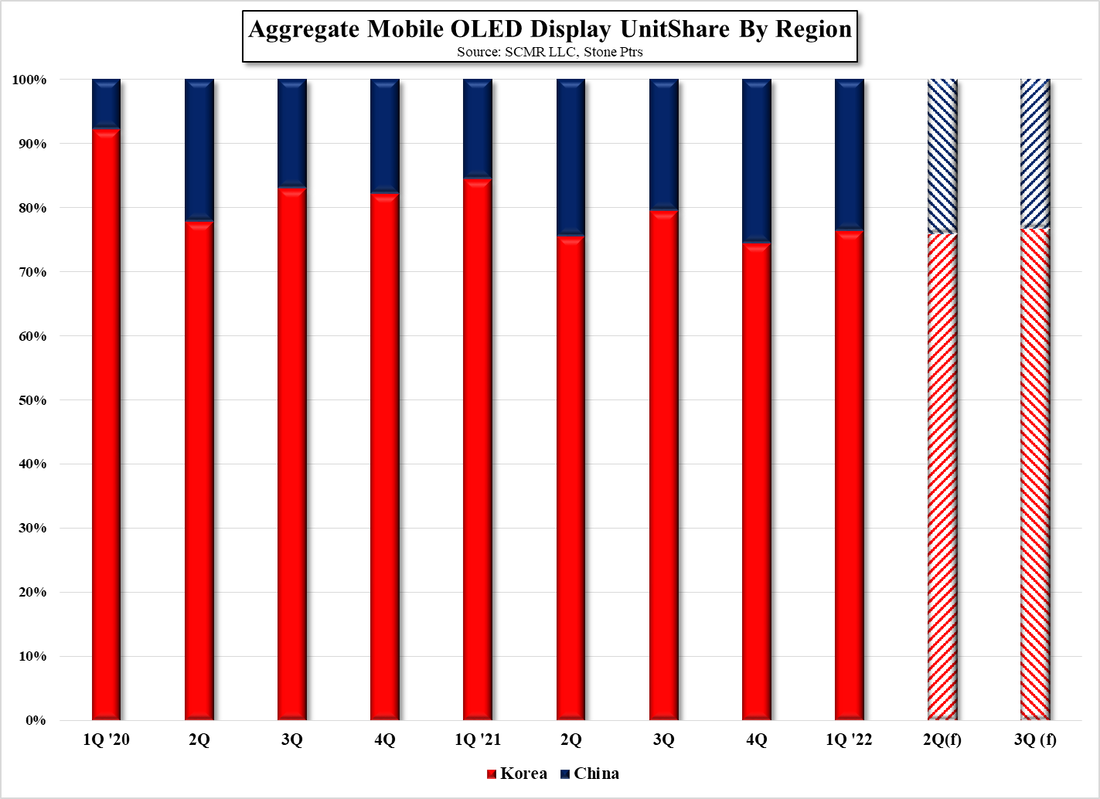Apple AR
Most recently there has been some specific reference to the Apple AR/VR/XR supply chain, which, according to some, is gearing up in anticipation of a product (aka ‘Project N301’) release as early as the end of this year or early 2023, with a 2nd product (aka ‘Product N421’) slated for 2024. The first product release is said to be a VR headset with additional AR capabilities, while the 2nd is either an updated version of the N301 or an AR only device. While we know Apple has a number of display research projects in the works, Micro-OLED seems to be getting the most attention as a VR display for such a project, and where LCoS (Liquid Crystal on Silicon) was the early AR display favorite, that technology has been mostly replaced with Micro-OLED, given the infrastructure that has been developed around small panel RGB displays and to a lesser extent OLED lighting.
While the substrate for smartphones is a flexible plastic or glass, Micro-OLED displays are constructed on Silicon substrates and can therefore utilize semiconductor tools for many of the associated processes, and through systems such as multiple stacks and direct patterning, high resolution and high brightness OLED displays can be produced. With typical small (1” to 2”) OLED displays being very low resolution (450x450) and relatively low brightness (350 to 450 nits), such displays are not suitable for AR or VR applications, which require resolution of 1920x1080 at a minimum and brightness levels of multiple thousands of nits, and as earlier AR/VR displays used WOLED display technology that required a color filter, such levels were not achievable. As Micro-OLED uses patterned RGB emitters, it requires no color filter, which can vastly improve brightness.
But the problem with Micro-OLED technology is it is relatively new and each company developing the technology has their own way of patterning and driving the OLED materials, which means an ‘un-common’ infrastructure and supply chain. While an AR or VR device by Apple will go a long way toward developing a supply chain around Apple’s BOM and chosen technology, we expect that technology to change very rapidly, making the development of a mass market infrastructure hard to develop., especially if Apple’s technology differs from that of Meta (FB), who is the current share leader in the VR headset space. There are a number of companies that produce Micro-LED displays, some of which are focused on the display side while others are dedicated to projection modules but each has its way of differentiating itself from competitors.
Large display panel producers like China’s BOE (200725.CH) or LG Display (LPL) or well-known image sensor manufacturers like Sony (SNE), and more specialized OLED producers like eMagin (EMAN) and Kopin (KOPN) are all working toward the goal of finding an inexpensive way of producing Micro-OLED displays to feed the XR space, particularly AR development, but Apple itself is deeply involved in such development, having applied for or been granted over 53 patents related to AR and 51 related to VR just in the US, going back as far as September 1999 and as recently as last month. While many of these patents have to do with the mechanics of display image processing or optical systems that bring images to the user’s eyes, Apple is deeply involved and likely has the goal of producing some device that they can sell and provide content for.
Whether the device appears this year, next year, or in 2024, Apple’s ‘legitimization’ of AR and VR technology to the average consumer will be a big step forward for the industry, which is currently quite fragmented, but as we have said in the past, the key to really expanding AR usage is the creation of applications that will drive consumers toward the technology, not because Apple says its good and they can show off a well-designed AR device, but because the applications become ingrained in our culture. Selling product will be the focus for retail applications and location services will certainly be enhanced, but an application such as language translation would be a killer application in our view. Imagine walking down the street in a foreign country and just by looking at a person, you could understand what they are saying in any language. Of course the quality of the translation systems are a key, but just the ability to get an understand of local culture by listening to everyday conversations would be a benefit to all, and that’s only one application, so if Apple really wants to sell AR products they should be spending mucho dollars on application development, as without effective consumer applications, the best you get a a good-looking headset that sits in a drawer.





 RSS Feed
RSS Feed